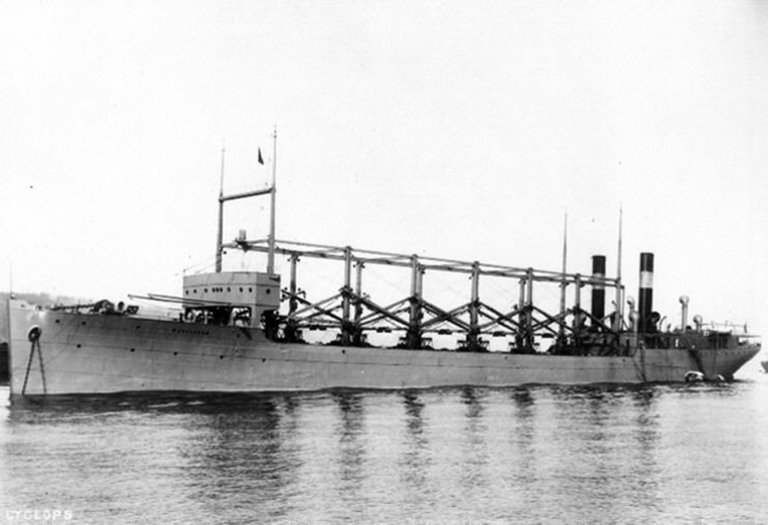
(http://www.navyhistory.org/2013/06/unanswered-loss-uss-cyclops-march-1918/)
The United States lost many ships during World War I. The U.S.S. Cyclops was one theses ships. Unlike most of the other ships, the Cyclops did not sink due to combat. The U.S.S. Cyclops was a Proteas-Class collier (cargo ship) built for the United States Navy before the start of World War I. The Navy built three other ships of this class. At the time, the Cyclops was the largest collier in the United States Navy’s fleet. It had a cargo holding capacity of more than 10,000 tons. The ship was assigned to the Naval Overseas Transportations Service on January 9, 1917.
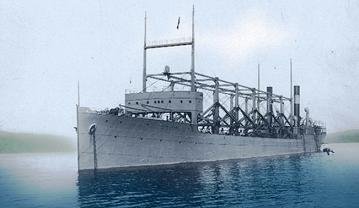
(https://www.bermuda-attractions.com/bermuda2_00006e.htm)
She was sent to Brazil on February 16, 1918 to Aid in refueling British ships. On March 3 and 4th the vessel was reported to have been in Barbados. On March 4th, the U.S.S. Cyclops left Barbados for Baltimore. The U.S.S Cyclops would not be seen every again after that date. No distress calls, debris, or wreckage has ever been found. Initially it was believed that the Cyclops had been sunk by German Submarines. However, German records show no attacks related to the Cyclops. The ship had a crew and passengers totaling 306 people. The Cyclops disappeared in the region known as the Bermuda Triangle. This region is known for its many stories and myths of Ships and Planes disappearing. Myths of rogue storms, and methane gas pockets have made the list of possible demises the ship could have faced.
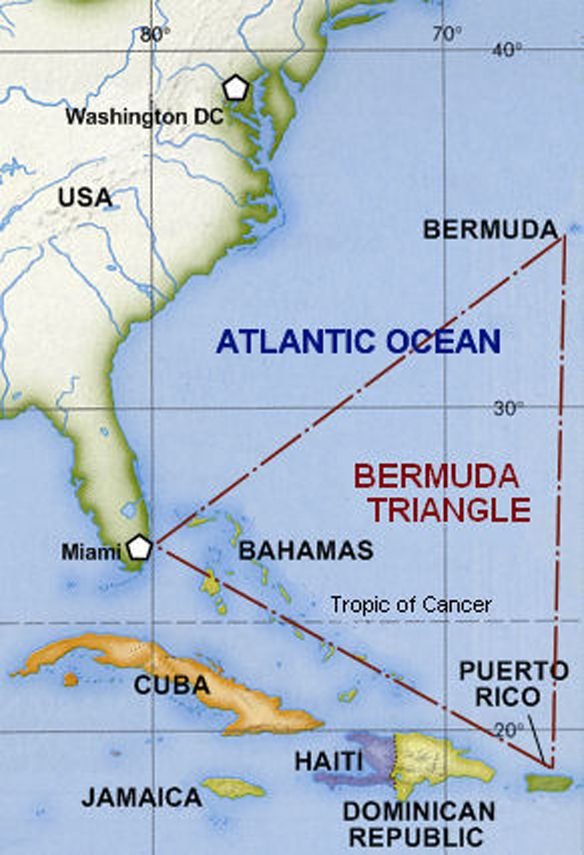.jpg)
(https://circa71.wordpress.com/2011/08/04/what-happened-to-the-uss-cyclops/)
Before leaving Brazil, Commander Worley (commanding officer of Cyclops) reported that the Cyclops’ starboard (right) engine was not working due to a cracked cylinder. Due to this issue, the ship was recommended to return to the United States for Repair. An investigation after the disappearance, led many officials to speculate that the ship was overloaded. Prior to this journey, the Cyclops had never carried ore. Rear Admiral George van Deurs suggested the Cyclops might have had a structural failure, like that of its sister ships. The structural issue that the Cyclops sister ships faced was related to where I-beams ran the length of the ship. Erosion caused by material the ship had previously transported could have caused the I-beam to fail.
The Captain of the Cyclops’, Captain Worley (Johan Frederick Wichmann), also had an interesting background. After jumping ship in San Francisco, he changed his named to Worley. Illegally entering the United States. After a Naval Investigation, former crew members spoke of his bad behaviors. One story involved him chasing a sailor around the ship with a pistol. Other negative accounts arouse about the captain, including excessive punishments, and his common appearance of walking around the ship in long underwear and a hat. The conspiracy theory of Worley being a German sympathizer was investigated, however nothing would come from it. On June 1st, 1918, the (then) Assistant Secretary of the Navy Franklin D Roosevelt declared the U.S.S. lost, and all its crew and passengers deceased. Today the search for the remains of the ship continues.
Sources:
http://www.navyhistory.org/2013/06/unanswered-loss-uss-cyclops-march-1918/
https://www.historicmysteries.com/the-uss-cyclops-disappearance/
http://time.com/3720512/bermuda-triangle-history/
https://en.wikipedia.org/wiki/USS_Cyclops_(AC-4)
100% of the SBD rewards from this #explore1918 post will support the Philadelphia History Initiative @phillyhistory. This crypto-experiment conducted by graduate courses at Temple University's Center for Public History and MLA Program, is exploring history and empowering education. Click here to learn more.
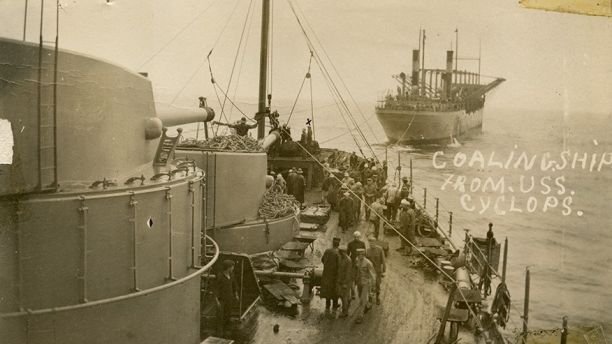
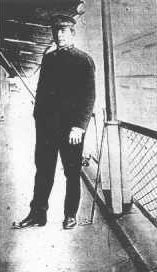 )
)